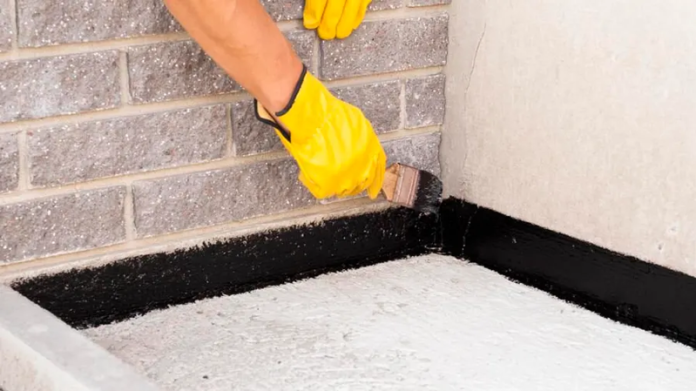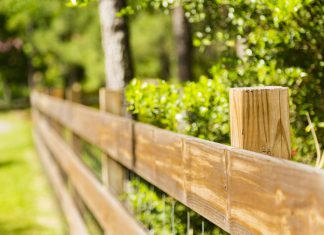Historic homes, with their intricate details and rich histories, are a treasure. However, they also come with their set of challenges, particularly when it comes to maintenance. One of the most prevalent issues in older homes is basement moisture, which if left unaddressed, can lead to significant structural damage and health concerns. So, how do you go about waterproofing a basement in an older home? Let’s dive in.
The Unique Challenge of Older Basements
Older homes, constructed with techniques and materials from their era, may not have the built-in waterproofing advantages of modern homes. Their foundations, often made of stone, brick, or clay tile, can be more susceptible to moisture intrusion. Furthermore, the passage of time can lead to natural settling and the development of cracks in the foundation. The drainage systems in these homes, if present, might be outdated or non-functional. As such, older basements demand special attention when it comes to waterproofing.
1. Inspection is Key:
Before diving into any waterproofing project, start with a thorough inspection. Given the age of the structure, it’s essential to identify:
– Areas of moisture accumulation or leakage.
– Existing drainage systems and their condition.
– Cracks, gaps, or areas of damage in the foundation.
– Potential external sources of water intrusion, like nearby vegetation or sloping terrains.
Engaging a professional with experience in older homes can be invaluable, as they’ll know what to look for and can provide tailored solutions.
2. Repair and Restore:
Address any existing damage before you start waterproofing:
– For minor cracks in the foundation, use hydraulic cement or masonry sealants. Remember, some cracks might be signs of significant structural issues, so always consult a professional if unsure.
– If the home has a sump pump or drainage system, ensure it’s functioning correctly. If not, consider updating or installing one.
– Repair any damage to downspouts and gutters, ensuring they direct water away from the foundation.
3. Sealants and Barriers:
Older foundations, especially those made of stone or brick, can benefit immensely from sealants. Waterproofing paints and sealants can be applied to the interior of the basement walls, blocking minor leaks and dampness. On the exterior, a waterproofing membrane or barrier can prevent water from making contact with the foundation in the first place. However, the latter is labor-intensive and might require excavation.
4. Modern Solutions for Historic Homes:
While you’re working with an older structure, don’t shy away from using modern technology:
– Install a sump pump if the basement doesn’t have one. Modern sump pumps are efficient and can come with backup power options.
– Consider adding a dehumidifier to combat condensation and maintain optimal humidity levels in the basement.
5. Landscape and Drainage:
Sometimes, the solution lies not in the basement but outside it. Adjusting the landscape can play a crucial role in directing water away from the foundation. Consider:
– Grading the soil around the home to slope away from the foundation.
– Installing French drains to capture and divert groundwater.
– Removing or relocating plants and trees close to the foundation, as their roots can retain moisture and exacerbate leakage problems.
6. Regular Maintenance:
Waterproofing is not a one-time task, especially in older homes. Regular checks and maintenance ensure that the basement remains dry and the integrity of the structure is upheld. Schedule periodic inspections, keep gutters and downspouts clean, and ensure the sump pump and dehumidifiers are working as they should.
Older homes come with their charm and their challenges. While their basements might be more susceptible to moisture problems, with the right approach, they can be as dry and comfortable as those in newer homes. It’s a blend of understanding the inherent qualities of older constructions, utilizing modern waterproofing techniques, and ensuring regular maintenance. Protecting these historic treasures is not just about preserving the past, but ensuring they remain standing for future generations to appreciate. If you need basement waterproofing on Long Island look to ACM Basement Waterproofing.















